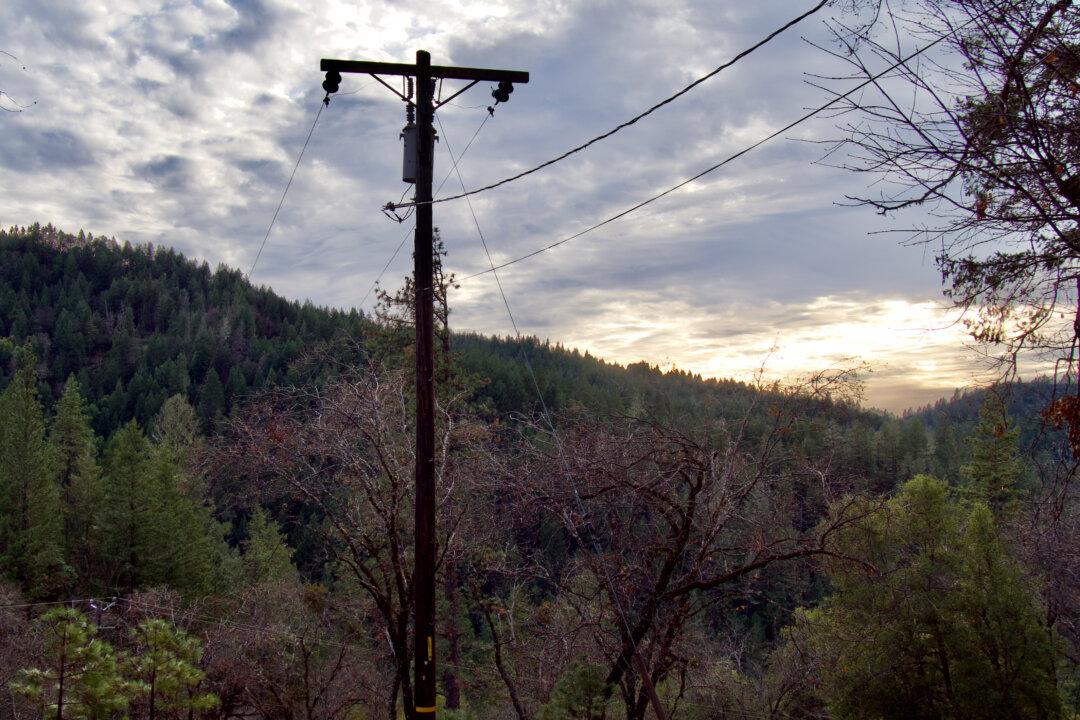Optimism regarding the harnessing of nuclear fusion—an unlimited, safe, affordable, and clean energy source that powers the sun and other stars—in the coming decade has driven investors to fund projects, reigniting dreams of world-changing technological breakthroughs.
There are at least 35 private fusion companies across the world including the United States, Canada, China, UK, and France, according to the Fusion Industry Association. Eighteen of the companies have received a combined total of around $1.8 billion in private funding. Many startups have also popped up in recent years and their numbers are increasing quickly.





